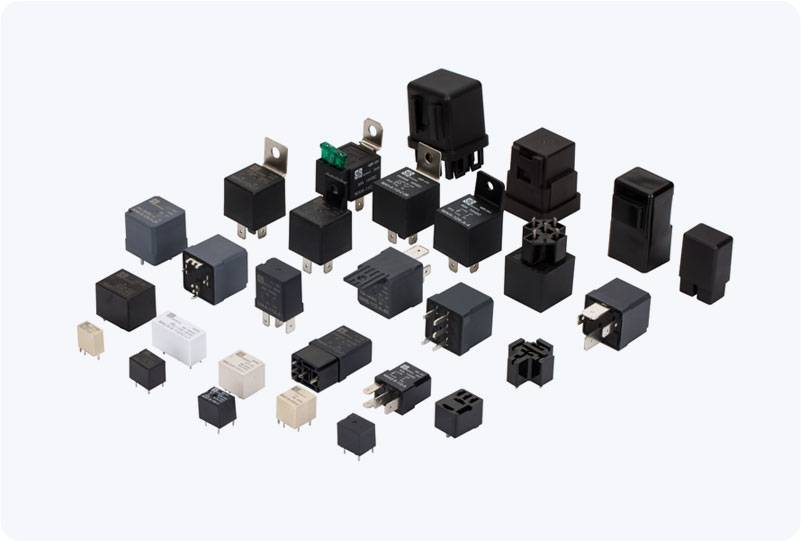Automotive relays play a crucial role in the efficient functioning of modern vehicles, especially in controlling high-power components like headlights. The Automotive Relay for Headlights is a specialized device that facilitates the safe operation of vehicle lighting systems, ensuring that high electrical currents are managed properly while providing drivers with optimal visibility on the road. This article will explore the importance, function, and benefits of automotive relays for headlights in today’s automotive technology.

Understanding the Role of Automotive Relay for Headlights A relay is essentially an electrically operated switch that uses a low-current signal to control a higher-current circuit. In the case of headlights, a relay helps control the flow of electricity to the headlights, enabling them to turn on and off based on the driver’s actions. Headlights typically require high-power current, which, if passed directly through the vehicle’s switches, could cause overheating, damage, or early wear. Relays act as an intermediary, allowing smaller switches to handle low-current signals while the relay manages the high current necessary for the headlights.